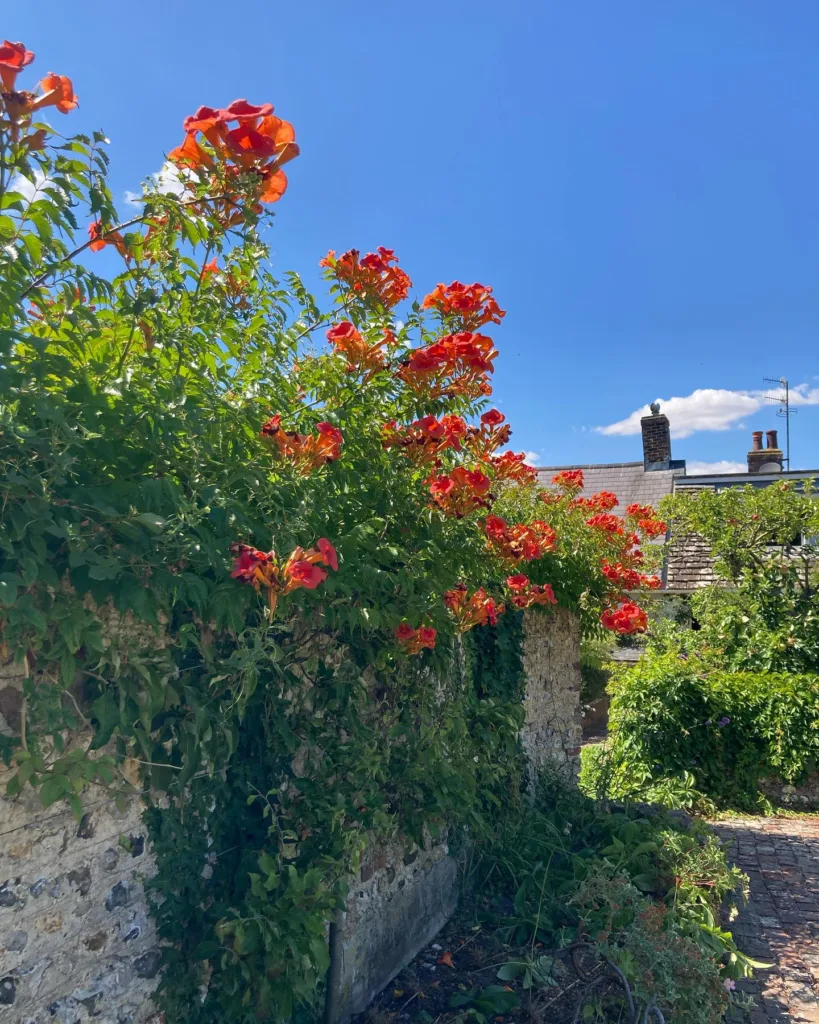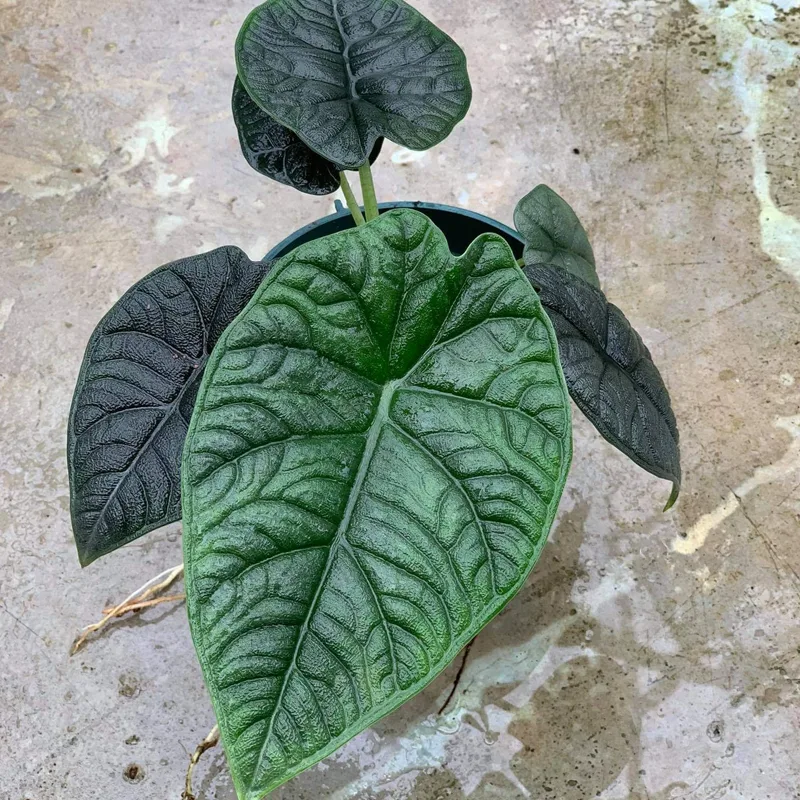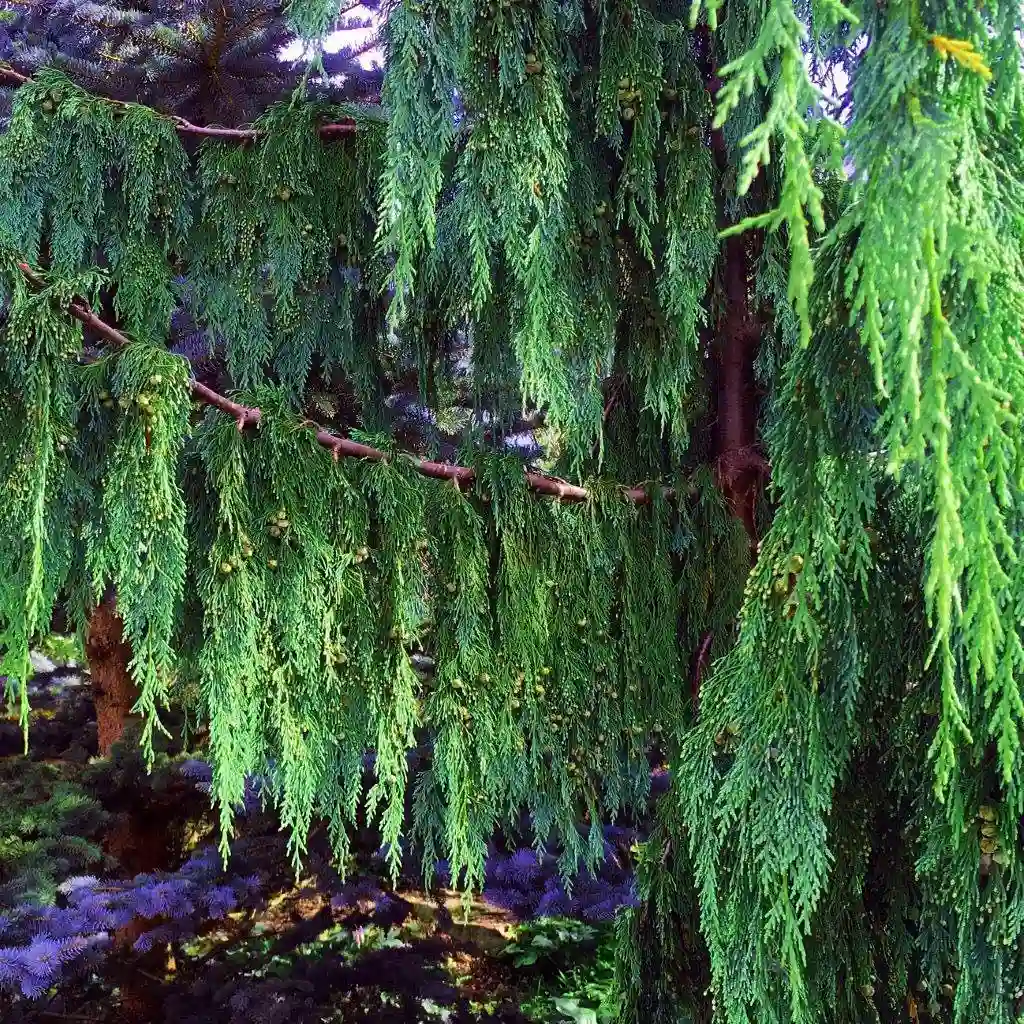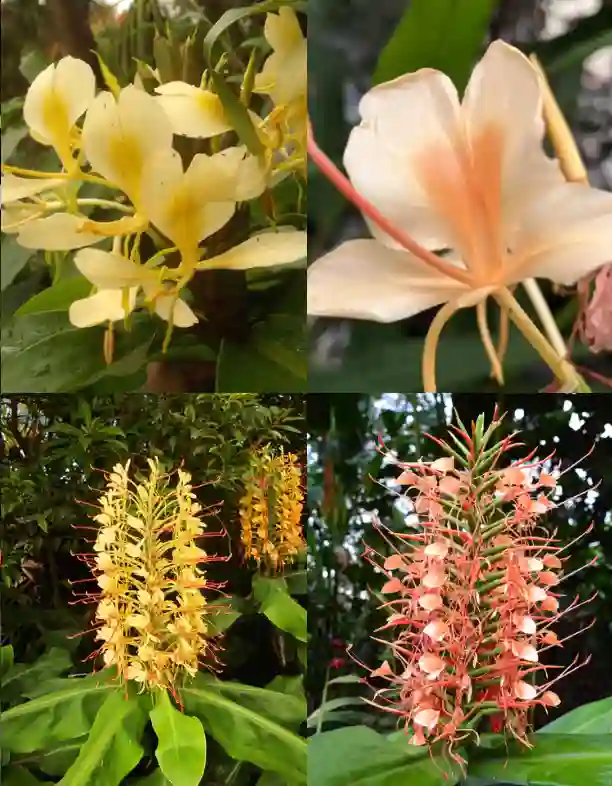Exploring the Fascinating Hydatellaceae Family: A Focus on Trithuria
The world of plants is diverse and often surprising. Among the many families that catch my attention, Hydatellaceae stands out. This family includes unique aquatic plants, with the genus Trithuria being the most notable. My journey into understanding these plants has deepened my appreciation for their ecological significance and their intriguing characteristics.
What is Hydatellaceae?
Hydatellaceae is a small family of flowering plants, often categorized under the order Nymphaeales, which includes water lilies and other aquatic plants. The family is primarily composed of herbaceous plants that thrive in freshwater environments. What fascinates me the most about Hydatellaceae is its unique adaptations to aquatic life. The family features species that display remarkable morphological traits, such as reduced leaves and flowers that emerge directly from the water.
The Genus Trithuria
The genus Trithuria is the most well-known within the Hydatellaceae family. It comprises several species, most notably Trithuria submersa. This genus has piqued my interest due to its distinctive features and ecological roles. Trithuria plants are perennial herbs that grow submerged in water. Their leaves are often small and inconspicuous, which helps them minimize water resistance.
Unique Characteristics of Trithuria
One of the most compelling aspects of Trithuria is its reproductive strategy. Unlike many plants that rely on bees or other pollinators, Trithuria has adapted to an aquatic environment where pollination occurs under water. The flowers of Trithuria are often hermaphroditic, containing both male and female reproductive structures. This adaptation not only ensures reproductive success but also highlights the genus’s unique evolutionary path.
Another interesting trait is their ability to tolerate a range of water conditions. I’ve found that Trithuria can grow in both shallow and deep waters, making it a versatile plant in its habitat. This adaptability is crucial, especially in regions where water levels fluctuate dramatically.
Habitat and Distribution
Trithuria species are primarily found in Australia and parts of New Guinea. They thrive in freshwater habitats like swamps, ponds, and slow-moving rivers. I’ve often explored these regions, marveling at how Trithuria fits into the broader ecosystem. Their presence is vital for maintaining the health of aquatic environments. They provide habitat for various organisms, including fish and amphibians, and play a role in nutrient cycling.
Ecological Importance
The ecological importance of Trithuria cannot be overstated. As a native plant in its environment, it contributes to the biodiversity of freshwater ecosystems. I’ve learned that plants like Trithuria help stabilize sediments, reduce erosion, and improve water quality by filtering pollutants. Their ability to thrive in changing water conditions also makes them essential for climate resilience. Observing their interactions with other aquatic species has deepened my understanding of ecological interdependence.
Conservation Status
Despite their ecological significance, many species within the Hydatellaceae family face threats. Habitat destruction, climate change, and invasive species pose significant risks to Trithuria populations. As someone passionate about plant conservation, I’ve become increasingly aware of the need to protect these unique species and their habitats. Efforts to preserve freshwater ecosystems are critical not only for Trithuria but for countless other organisms that rely on these environments.
Steps Towards Conservation
To contribute to conservation efforts, I believe it’s essential to raise awareness about the importance of freshwater ecosystems. Engaging with local communities and advocating for sustainable practices can make a difference. Additionally, supporting research initiatives focused on Hydatellaceae and similar families can lead to a better understanding of their needs and vulnerabilities.
Conclusion
My exploration of the Hydatellaceae family, particularly the genus Trithuria, has been both enlightening and inspiring. These plants, often overlooked, play a vital role in their ecosystems. Their unique adaptations and ecological significance remind me of the intricate connections within nature. As I continue my journey in the world of plants, I’m committed to promoting awareness and conservation efforts for these remarkable aquatic species. Through education and advocacy, we can ensure that the beauty and diversity of plants like Trithuria endure for generations to come.
If i die, water my plants!



